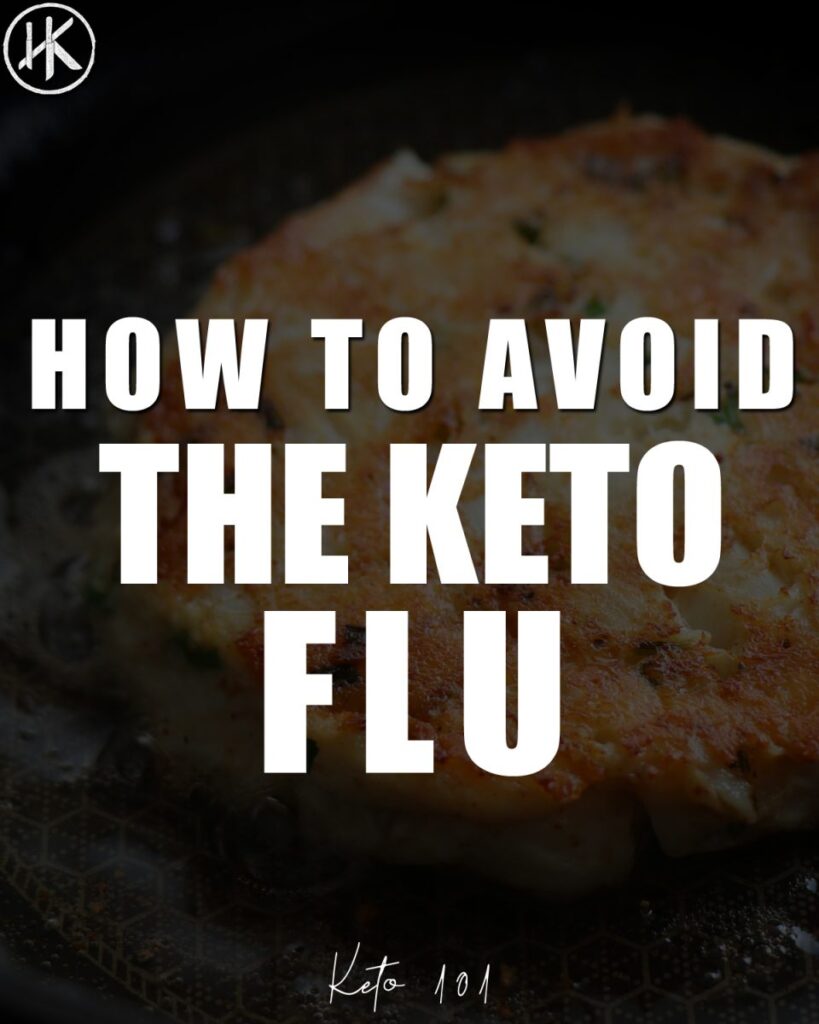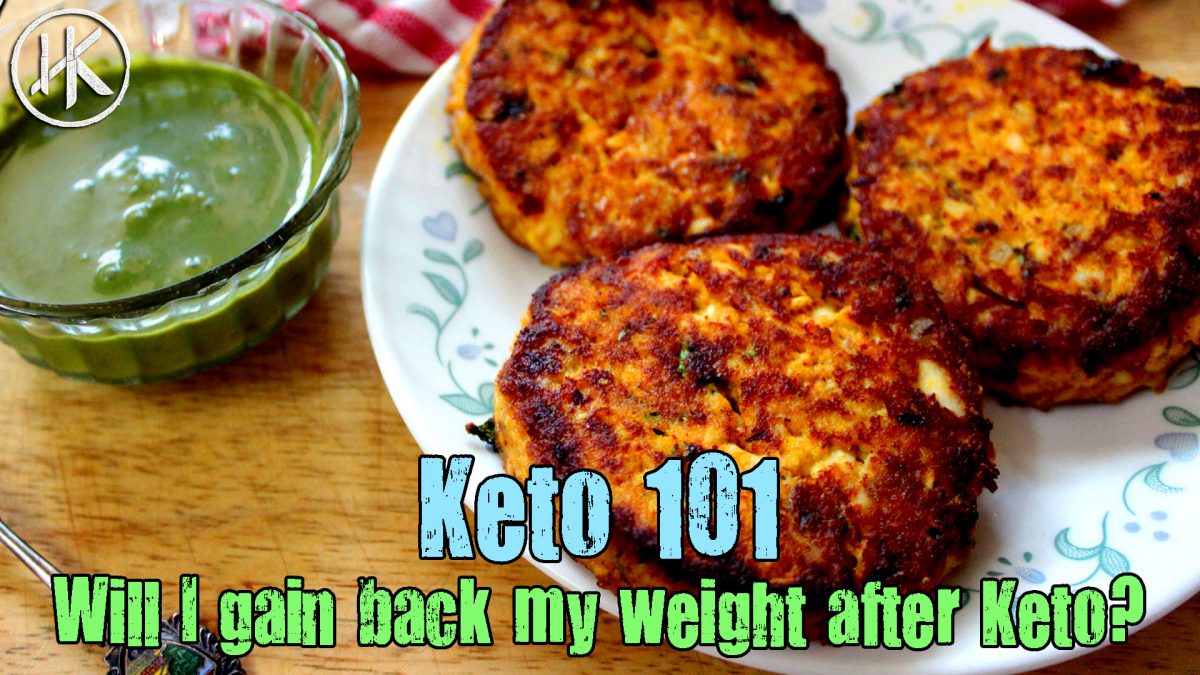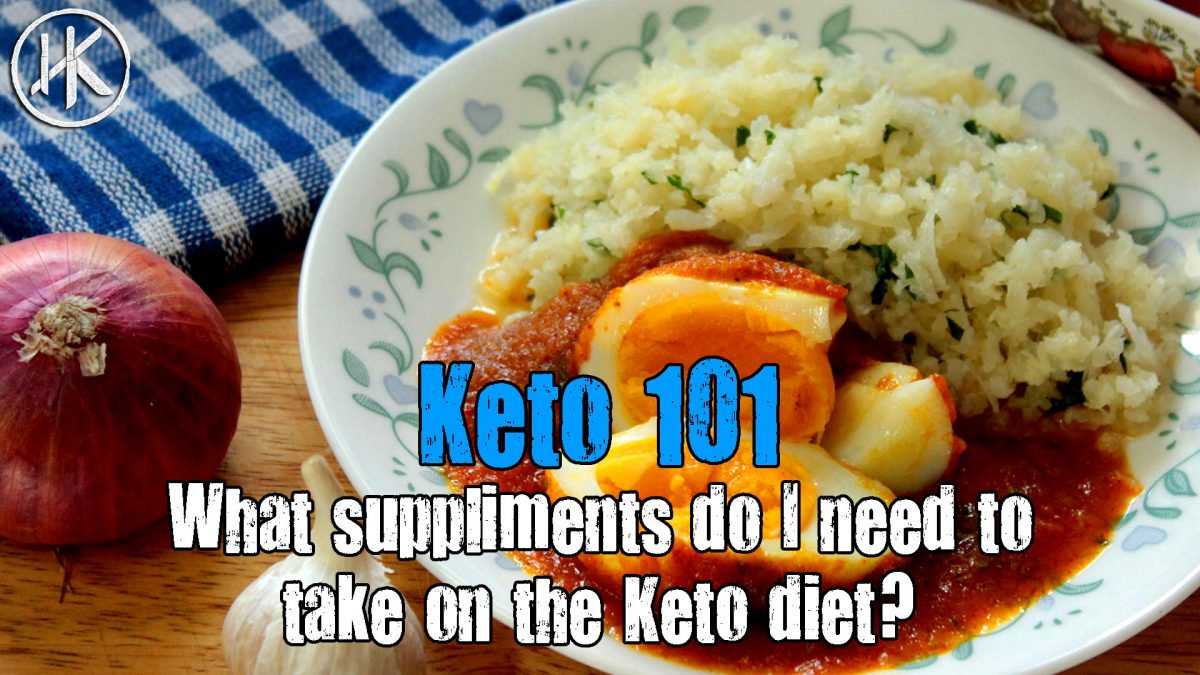How to Avoid Carb Flu on Keto
So you’re thinking about starting a ketogenic diet? Don’t worry, it’s a great journey for weight loss and healthy eating but you should be aware that changing up your lifestyle may result in a few minor negative side effects, such as carb flu. Like any change, it’s just another adjustment to work through. So before you head to the grocery store and load up on keto-friendly food, here are a few tips to help you be successful as you embark on your path to a ketogenic lifestyle without the negative symptoms.
What is Carb Flu?
If you’re heading into a low-carb keto diet, you should be aware that you may experience Carb Flu otherwise known as Keto flu during the first week. It is a temporary side effect of transitioning to a ketogenic diet. Ketogenic diets are high in fat and protein and low in carbs, therefore your body burns stored fat instead of glucose from carbohydrates. The result is a variety of flu-like symptoms that may appear a few days or a week after beginning a ketogenic diet. It’s almost like withdrawal symptoms due to a lower carbohydrate intake.
The symptoms of keto flu may include headache, exhaustion, brain fog, irritability, mood swings, mood swings, bad breath, muscle fatigue, nausea, and trouble sleeping. Don’t worry though, these keto flu symptoms usually disappear just as quickly as they showed up, within 24 to 48 hours. You’re just going through carb withdrawal and will be back to normal in no time.
When I transitioned to a ketogenic diet, I experienced sadness. I wasn’t motivated to do anything and just had to keep pushing and staying consistent with my eating lifestyle. Within a day or two, I was right as rain again. While they were unpleasant side effects, I was glad they didn’t last very long.
How Do I Get Rid of Carb Flu?
There are many ways to diminish your carb flu symptoms and these will vary from person to person but here are some of the best keto flu remedies.
Start Slow
The number one tip for avoiding the carb flu is to start your diet slowly. Throwing yourself into a new lifestyle and eating habits will put your body into a state of shock. Instead, begin introducing more and more fats and proteins into your diet every day, while at the same time lowering the number of carbohydrates you consume. Hopefully, by easing into it you will avoid any negative side effects.
Drink Water
Another tip is to drink lots of water. Staying hydrated can help your body regulate and digest what it needs at a more consistent rate. The keto flu often comes about because of a loss of minerals and hydration in the body during a transition. Not sure how much water to drink? A general rule of thumb is to divide your current body weight in half and that’s how many ounces you should drink a day. Drink plenty of water to reduce your risk of dehydration.
Add Electrolytes
You can also add electrolytes to reduce any muscle cramps or other side effects from dehydration and electrolyte imbalance. An electrolyte supplement or your favorite sports drinks are great ways to provide your body with enough electrolytes to function each day.
Rest Up
Be sure to get lots of rest. While rest may be difficult during this transition, try to get to bed at a reasonable time. A keto sleepy time tea or relaxing bath may be beneficial to a good night’s sleep as well. Lack of sleep won’t help your state of mind or the way your body feels. Getting sufficient rest is a great way to ensure you’ll feel ready to tackle the next day.
Increase Fat Intake
Increasing the amount of fat you consume can help your body metabolize easier while reducing your carb intake. Remember to choose healthy fats that are a good energy source like avocado or hard-boiled eggs. Increase your fat intake by consuming fats as snacks or as additions to your meals. Increasing fat intake does not mean eating sticks of butter or chugging olive oil from the bottle.
Gentle Exercise
Exercise can be extremely beneficial to your transition. The release of endorphins will set your day right and tell your body that it’s in fact feeling great! Exercise is an easy way to distract your mind and do something good for your body. If you exercise regularly, make sure you drink enough water to compensate for any you might be sweating out.
Talk to a doctor or clinician if symptoms persist. Since the keto diet can be a huge transition, be sure to talk to your health care provider to make sure it is a good fit for you. The medical community will be able to help you determine if this type of diet is beneficial for your body. While it have many health benefits, it isn’t for everyone.
Does Keto Flu Mean It’s Working?
While keto flu is a good sign that your body is regulating and going through a transition period, it does not mean your body is in a state of ketosis, yet. It just means that your body is figuring out how to metabolize the food you are consuming to make energy. Ketosis is achieved when your body begins making ketones as the primary source of fuel and energy for your muscles and organs.
Focus rather on how what you are eating is making you feel inside and out. Are you feeling strong, alert, and energetic? This probably means it is working! That’s good news. If you keep reliving the keto flu or don’t feel like a keto diet is working in your favor, it may not be the right path for you.
Has this article helped you learn more about avoiding the carb flu while getting to a healthy state of ketosis? If you’re looking for more keto tips or low-carb diet recipes to help you along your journey to keto success, be sure to check out my Youtube and Instagram too!







